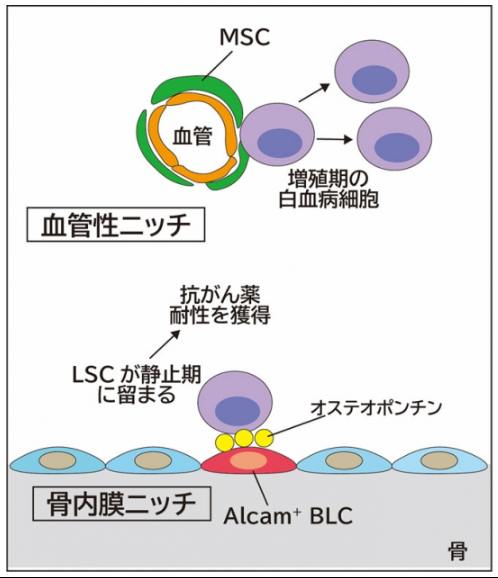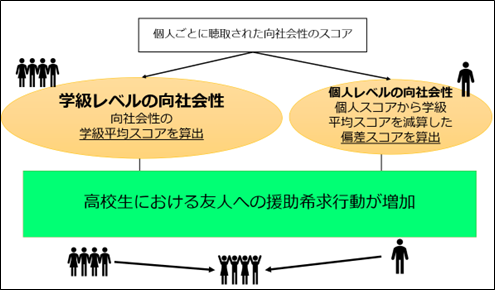2025-05-16 九州大学

<関連情報>
- https://www.kyushu-u.ac.jp/ja/researches/view/1265
- https://www.kyushu-u.ac.jp/f/61726/25_0516_03.pdf
- https://www.nature.com/articles/s41375-025-02640-4
急性骨髄性白血病幹細胞は、TGF-β活性化Alcam+骨内膜細胞を介して骨髄ニッチをリモデリングし、自立的な環境を作り出す Acute myeloid leukemia stem cells remodel the bone marrow niche via TGF-β-activated Alcam+ bone lining cells, creating a self-sustaining environment
Ngan Thi Kim Nguyen,Hisayuki Yao,Kentaro Hosokawa,Yuki Esaki,Ryosuke Yuta,Shunichi Adachi &Fumio Arai
Leukemia Published:13 May 2025
DOI:https://doi.org/10.1038/s41375-025-02640-4
TO THE EDITOR:
Relapse after achieving complete remission remains a critical challenge in the treatment of acute myeloid leukemia (AML). One of the reasons for relapse is the presence of leukemia stem cells (LSCs) [1]. LSCs are a subset of leukemia cells that possess self-renewal capabilities like normal stem cells, and they can divide to produce more LSCs and leukemia cells [2]. Like normal hematopoietic stem cells (HSCs), LSCs reside in specialized bone marrow (BM) microenvironments, termed niches, that regulate their function through complex signaling networks [3]. These niches are classified into the vascular niche in the central BM and the endosteal niche at the bone surface. The vascular niche surrounds the BM vasculature and includes mesenchymal stromal cells (MSCs), endothelial cells, and non-myelinating Schwann cells [4]. The endosteal niche at the internal bone surface consists of bone lining cells (BLCs) [5]. BLCs can be further subdivided into Alcam+ Sca-1– cells (Alcam+ BLCs), Alcam– Sca-1+ cells (Sca-1+ BLCs), and Alcam– Sca-1– cells. Sca-1+ BLCs are considered to be MSCs, whereas Alcam+ BLCs are a heterogeneous group composed mainly of osteoblasts expressing high levels of osteoblastic markers [5]. By considering the periphery of the endosteum of the BM as the endosteal niche and the central region of the BM as the vascular niche, we performed analyses to clarify the properties and characteristics of LSCs in each niche and the relationship between LSCs and each niche. Clarifying the molecular mechanisms of niche support for LSCs should provide a new perspective for the development of leukemia treatments.


